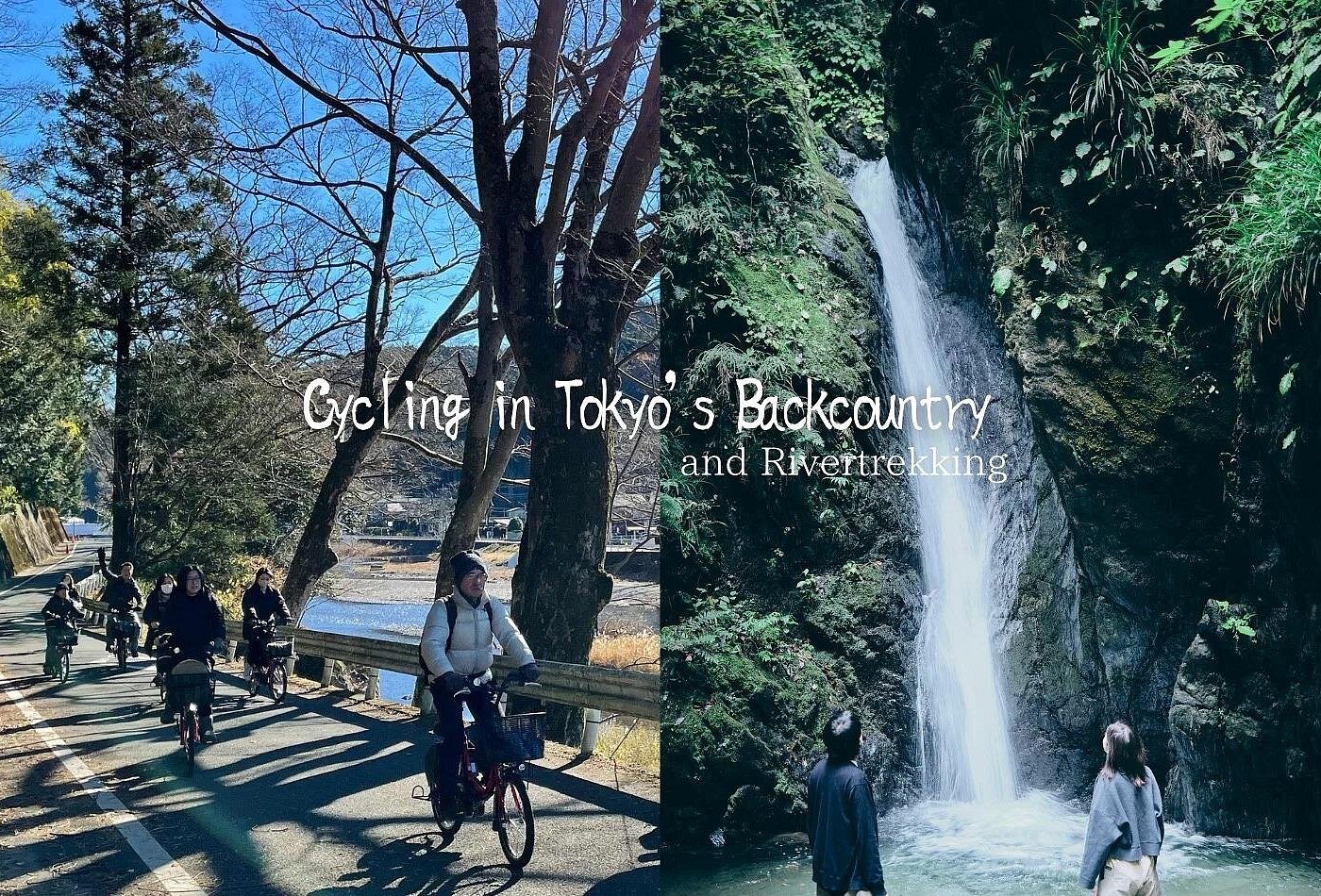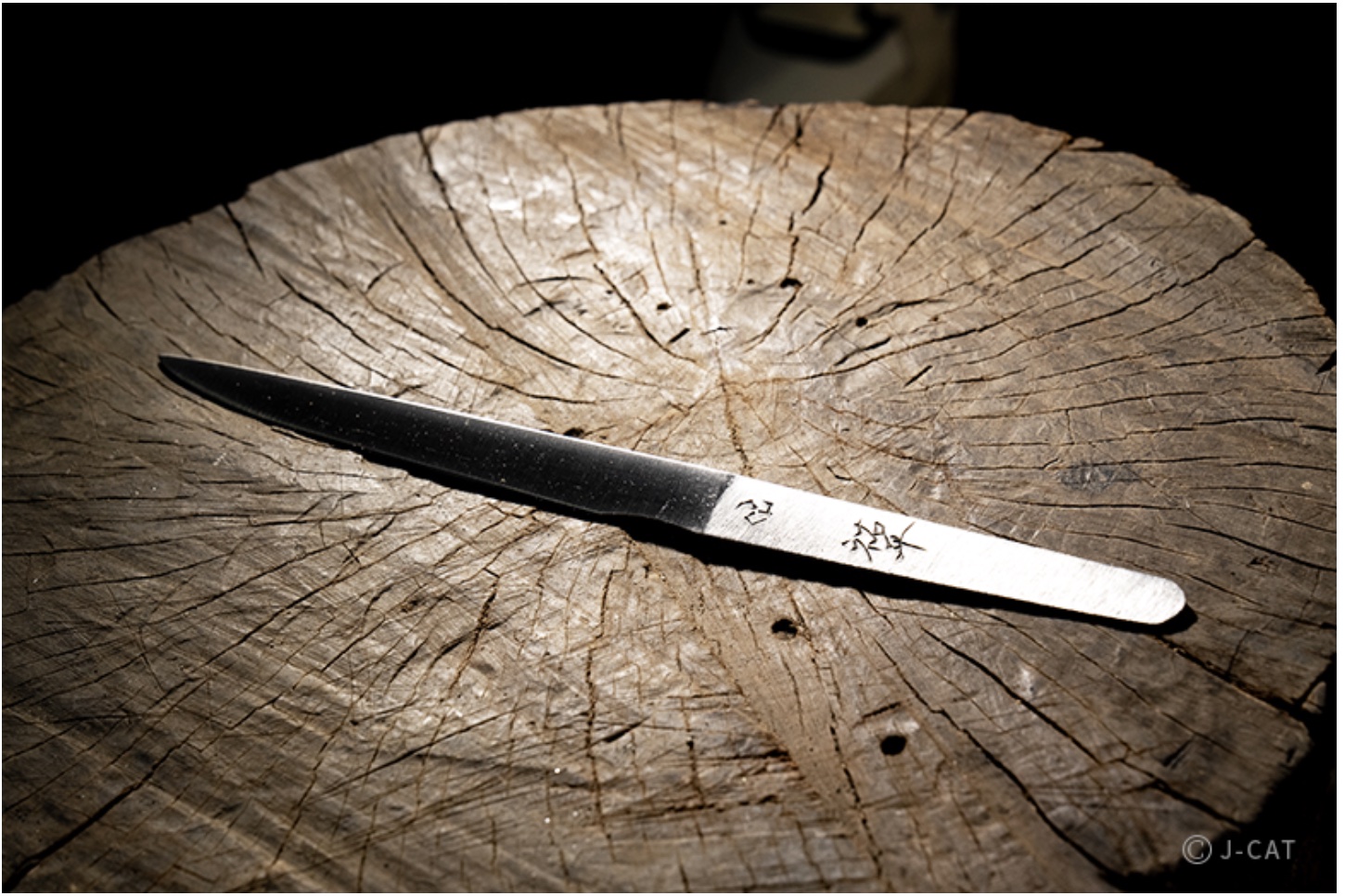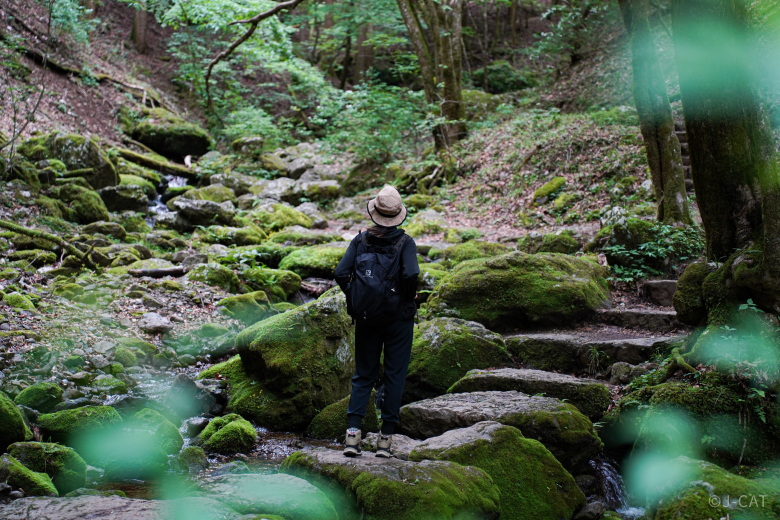
Can you believe it? Just about two hours from the heart of Tokyo, there’s this insanely beautiful,nature-rich spot called Okutama Town.
Yesterday, I went all out on the Ohtama Walking Trail—wild and free, baby! Though it’s late November and winter’s creeping in, the leaves are only just turning red? What’s up with that? Kinda throws me off. For real, though, humans should think about the planet more.
Next time? I’m tearing through snow-covered mountains and fields in the middle of winter. Bring it on!
If you visit Tokyo, don’t forget to enjoy the nature of Okutama Town!
Okutama Mukashi-Michi (Historical Road) from Okutama Town to Okutama Lake is one of the recommended routes. It is based on old paths used by people from the past, but be warned—some parts are pretty challenging, so proper preparation is a must.
It’s about 10.1 km long and takes roughly 4 hours to complete.
Just a quick note before we get into the route information.
Points to keep in mind when hiking up;
If you’re planning to hike, it’s advisable to make some basic preparations:
– It’s better to wear clothing that allows easy movement rather than everyday attire.
– Slip-resistant hiking shoes are recommended for footwear.
– Use a backpack that leaves your hands free.
– Since you’ll sweat, clothing made from materials other than cotton is better.
– Rain gear should include both a waterproof jacket and pants.
– Don’t forget to bring a water bottle or something similar for staying hydrated!
In addition, don’t forget to check the weather forecast before you head out.
Not to freak you out, but lately, there have been reports of wild Bears showing up around here. It is recommended to walk with bear bells, just to be safe.
PR
Watch out for bears — make sure everyone has a bear bell with Silencer, Carabiner & Whistle!
PR
Watch out for bears — have bear spray ready just in case!

❶ Start from Okutama Station on the Ome Line
This time, nature walking begins at Okutama Station (marked as ❶ on the map) on the Ome Line. One could walk all the way to Okutama Lake from here, but this time taking the bus to the lake and then walking towards Okutama Station.
To get to the Ome Line, you can transfer at Tachikawa Station on the Chuo Line. There are direct trains to Okutama Station, but most trains require a transfer at Ome Station.
It takes about two hours to get from Shinjuku Station to Okutama Station.

The bus departs from Platform 2, right in front of the station ticket gate. Most buses head to Okutama-ko Bus Stop, but when there are a lot of tourists, extra buses might run. It’s a good idea to double-check with bus platform staffs to make sure the bus is going all the way to Okutama-ko Bus Stop before getting on.
It takes around 20 minutes from Okutama Station Bus Stop to Okutama-ko Bus stop.
PR Your Stay Choice!
Unwind in Okutama with an Overnight Stay and Tour a 300-Year Old Sake Brewery to Taste Premium Local Sake presented by Wabunka;
❷ Starting from Okutama Lake on the Okutama Mukashi-Michi Trail
When you get off at the Okutama-ko Bus Stop (marked as ❷ on the map) , take some time to explore the area around the lake first.
If you’re a fan of Japanese Tokusatsu Heroes (Japanese live-action superheros), you might find the scenery here surprisingly familiar! This spot has appeared in many scenes from Tokusatsu Hero Shows and Movies, including Kamen Rider.
The lake itself is actually man-made, created during the construction of a dam that began before World War II and was completed in 1957. For over half a century, it has been supplying water to Tokyo.

Once you’ve finished exploring around the lake, it’s time to head to the Okutama Old Road. Start walking away from the lake near the bus stop, and you’ll pass the only building in the area. Shortly after, you should spot something that looks like a stone monument (marked as ❸ on the map). Keep going, cross the bridge, and you’ll find yourself on a road for cars.


❹ Starting of the Okutama Mukashi-Michi Trail
This slope marks the start of the Okutama Mukashi-Michi. For a while, you’ll be walking on a paved uphill path.(marked as ❹ on the map)
❺ Start of a Mountain Trail
Next to the paved road, there’s a narrow uphill path. This is the entrance to the mountain trail. (marked as ❺ on the map)

The mountain trail looks something like this.


❻ Mountain Village Settlement
The mountain trail suddenly leads to a small village. It’s a bit surprising that a settlement exists in a place like this.(marked as ❻ on the map)

You should see an arrow like the one in the photo next to the paved road leading to the village. Follow the red arrow and head downhill in the direction of Okutama Station, and you’ll find yourself back on a mountain trail.

Along the way, you’ll spot more arrows like this. Just keep following the red arrows toward Okutama Station!
❼ End of the mountain trail
Here, the mountain trail ends, and it’s time to head downhill. From here, the paved road continues, but this is where the Okutama Mukashi-Michi really begins. There are lots of interesting things along the way, so be sure to walk carefully and keep an eye out! (marked as ❼ on the map)

The Road continues like in the photo, and it’s a pleasant, refreshing walk. (marked as ❽ on the map)

PR Nature-Filled Tour
1Day Tokyo Backcountry Okutama with E-bike presented by Viator;

❾ Dosho Bridge, a suspension bridge over the uppermost reaches of the Tama River
If you’re a fan of suspension bridges, Okutama is the perfect spot for you. Dosho Bridge (marked as ❾ on the map), for instance, is a suspension bridge spanning the uppermost reaches of the Tama River. Most of the suspension bridges in this area were originally built with practicality in mind, mainly for forestry work, but over time, they’ve taken on a charming character.
Plus, they’re fantastic places to enjoy stunning views of the valley. Even if shaky suspension bridges aren’t your thing, it’s definitely worth giving it a try—those breathtaking views are worth it!
❿ Watering spot for horses
There’s a spot by the roadside where water flows out. It’s known as a place where travelers would stop to water their horses and take a break. While there’s nothing here now, it’s said that there used to be three tea houses in the area. (marked as ❿ on the map)
Why not take a moment to rest here and imagine the days gone by?


⓫ Shidaraku Suspension Bridge
Be sure to check out the Shidarakku Suspension Bridge, too! (marked as ⓫ on the map) The breathtaking views of the gorge from the bridge are guaranteed.
Just keep in mind that due to its age, only two people can cross at a time. It’s a pretty popular spot, so you might find a steady stream of visitors crossing, making it tricky to get back once you’re on the other side.
But hey, why not take it easy and enjoy the wait? It’s all part of the experience!

The gorge around the bridge, where the autumn leaves are stunning.
⓬ Miraculous public restroom
If you happen to come across this restroom, even if you don’t need to use it, be sure to take a peek inside. You’ll likely be impressed by how spotless and well-maintained it is. While public restrooms in Japan are generally top-notch, it’s rare to find one kept this clean! (marked as ⓬ on the map)
If you want to uncover this miraculous public restroom, click here!


⓭ Giant Iroha Maple Tree
It might not stand out much during the usual seasons, but in autumn, the Iroha maple tree radiates a special beauty. This tree is the largest on the entire Road. (marked as ⓭ on the map)
If you visit this spot in fall, be sure to snap a photo!
⓮ Sacred object of a massive rock, Shirahige Shrine
The founding date of this shrine is unknown, but it became known as Shirahige Shrine (marked as ⓮ on the map) since around 300 years ago. From ancient times, the massive rock towering beside the shrine has been worshiped as its sacred object.

The limestone cliff looms over the shrine, but what you see is just a part of it. Even during recent massive earthquakes, it hasn’t shown any significant changes.
Yep, capturing the whole thing would definitely require a super wide-angle lens!


⓯ Elevated railroad line overlooking a village
Another enjoyment for railway fans walking along this road is catching glimpses of old railway tracks along the way.
The photo shows the remains of an elevated line that once spanned over the village. We are amazed by the grandeur of past civil engineering, like when they built a new railway to construct the Tamako Dam, which became the starting point for the walk. (marked as ⓯ on the map)
⓰ Fudo-no Uetaki Waterfall and public restroom
The Fudou-no Uetaki waterfall doesn’t look too bad in photos, but when you see it in person, there are various things placed in front of the falls, which kind of takes away from the experience. So, I couldn’t help but glance at the waterfall and then immediately focus on the public restroom nearby. (marked as ⓰ on the map)

It might sound a bit strange to recommend a public restroom, but even if you don’t need to use it, definitely take a look inside. You can’t help but be impressed by how clean it is. This is also part of a project to keep the public restrooms in Okutama clean.


⓱ Slightly tricky crossroad
If you walk along the paved road from the waterfall, you’ll end up at a spot like the one in the photo. The proper route is actually a bit before this, where there are stairs leading up.
However, if you feel like you’ve walked enough, there’s a bus stop called Hashizume nearby, and you can take a bus back to Okutama Station. Any bus from this stop will head to Okutama Station, and it’s on the side where you don’t have to cross the main street. (marked as ⓱ on the map)

This staircase, just before you reach the main road, is the correct route. If you follow the red arrow, it will lead you to Okutama Station.
⓲ Entrance of final mountain trail
After passing through the village and continuing along the paved mountain road, you’ll find the stone statues. Further ahead, there’s a turnoff that leads down to the final mountain trail. (marked as ⓲ on the map)

After passing the stone statues, there’s a path that leads down to the mountain trail. Follow the red arrow to go that way.


Final trail along the old railroad line
As you descend the mountain trai, be careful near the cliffs. You should be able to catch glimpses of the old railroad line through the trees.

This is also the remains of an elevated railroad line. This area is the closest you’ll get to seeing the old tracks.
⓳ Congratulation on completing the Okutama Mukashi-Michi
When the mountain trail ends and turns into a paved road, and you see a torii gate like the one in the photo at the bottom of a steep slope. Here is the end of the long walk. (marked as ⓳ on the map)
From here, just take it slow on the main road, and Okutama Station (marked as ❶ on the map) will be right ahead.
This area is called Hagurosaka, and it’s known for the hardships faced by people carrying charcoal up the steep slope.

PR Real Experience
Explore Tokyo’s Rural Okutama Region with an Overnight Stay and Forge Your Own Mini-Katana at Hirata Swordsmith presented by Wabunka;

Detour Point ⓴ Let’s take a quick break before hopping on the train, Okutama No Daidokoro
How about having a quick drink before getting on the train and unwinding after a busy day?

The fish and chips at this place, Okutama No Daidokoro (marked as ⓴ on the map), are made with a whole yamame trout, so you can enjoy it from head to tail. More chips would have been great, but forgetting to check if they can be ordered alone was unfortunate.
Detour Point ❶ Port Okutama Cafe on the second floor of the Okutama Station
For an easy and relaxing final break, head to Okutama Station!
Grabbing a snack, a drink, or even a cold beer on the second floor of the station can be a nice treat. After checking the train departure time, take some time to relax.

PR Okutama Trail Tour
A Day Trip From Tokyo to Sacred Mt. Mitake to Explore Nature and Spiritual Culture presented by Wabunka;
=>If you want to find another nature walking route, click here!
=> If you want to learn more about Okutama, click here!

It’s been a while, but I had a blast letting my wild side loose.
Still, I kinda missed my city a bit. I’m in the mood to grab some Yakitori with my human friends and toast with some Sake or beer. Guess I’m just an urban dog after all!








